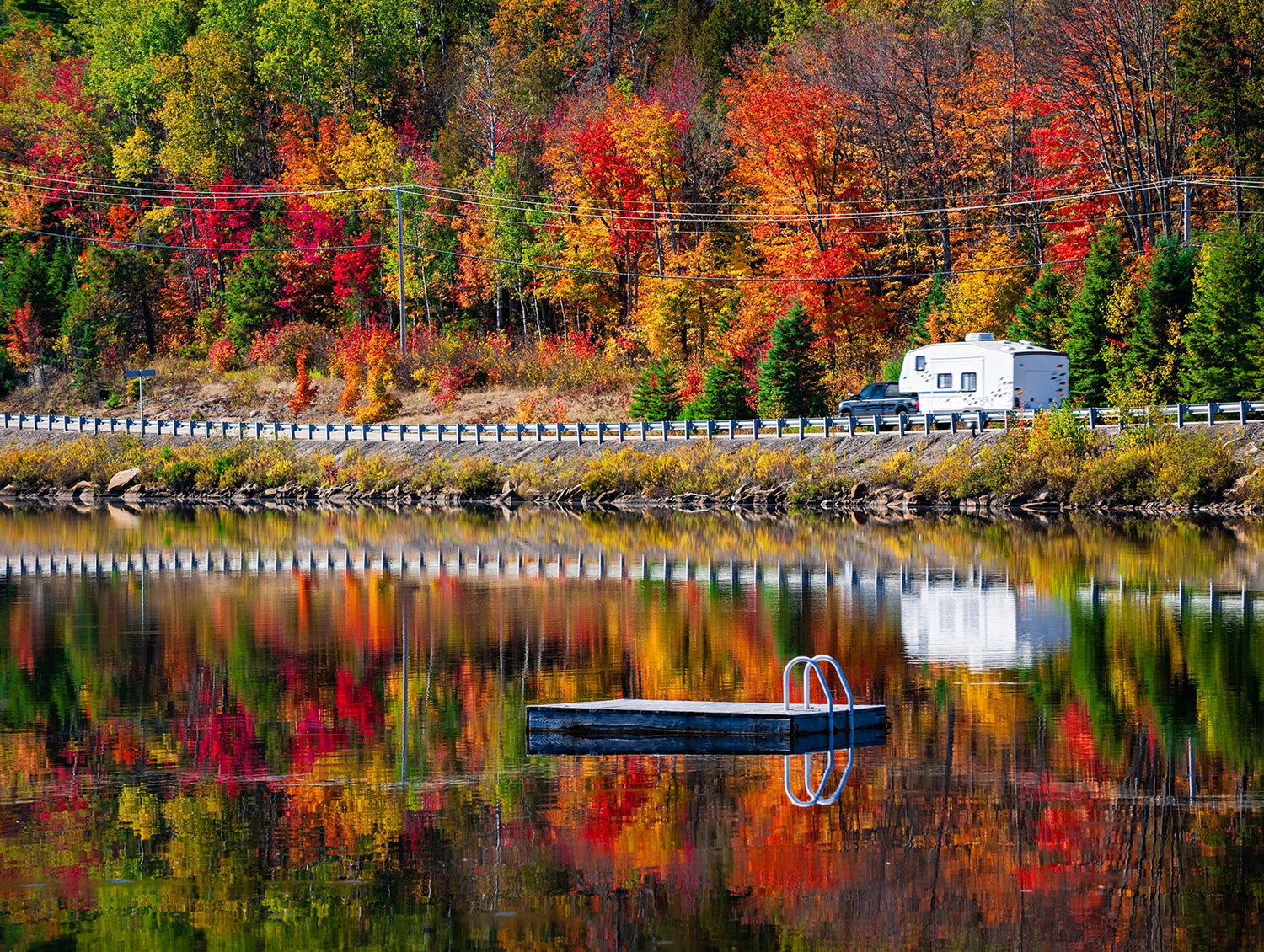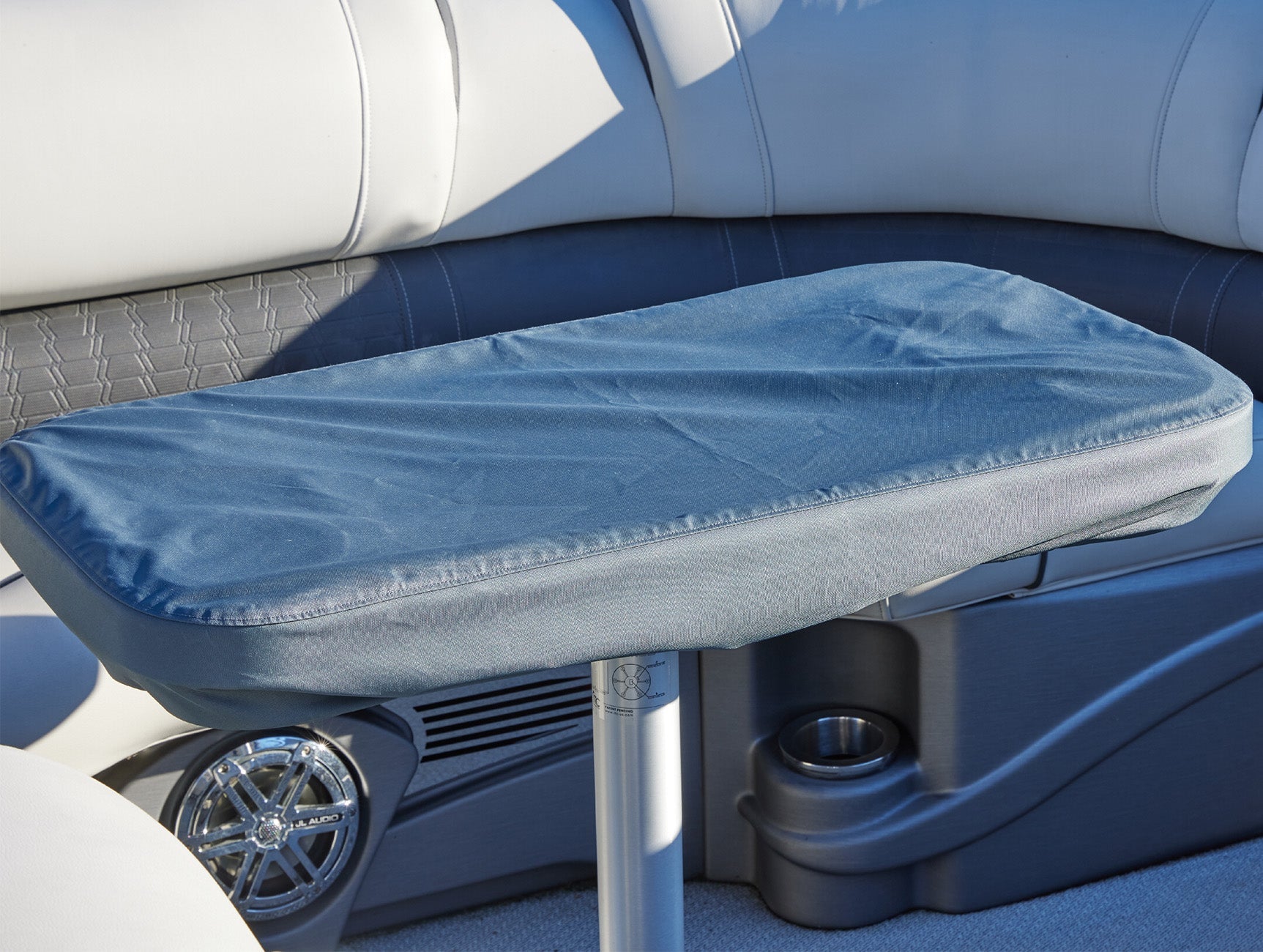Camping season is coming to a close for many of us, and if you haven’t been able to get out as much as you wished due to overbooked campgrounds or just a busy schedule, it’s not too late for one last camping trip before winter hits. If you’re looking for a unique spot off the beaten path, we’ve got some ideas for you!
Commonly referred to as Dispersed Sites, there are campgrounds available outside of a traditional park setup all across the United States. With federal public lands managed by the United States Forest Service or the Bureau of Land Management, and state-owned public lands, there are plenty of dispersed camping options.
Though not all of these sites are accessible with a vehicle, many are—so be sure to check when planning your camping trip. Another important fact to consider is that these sites generally don’t offer any hookups—be prepared to bring a full water tank and generator if you’ll need electricity. Most of these sites are better suited for an average-sized camper travel trailer, Class B motorhome, or campervan rather than Class A or C motorhomes and Fifth Wheels.

Perks to Dispersed Campsites
Why choose one of these camping options? For starters, the price is often low, in fact most of the time they’re free with no reservation fees. Often, they don’t require a permit, but you should always check with the National Parks Service or State Department of Natural Resources that oversees the land you want to camp on to make sure there are no fees or permits needed and that the sites you’re interested in are accessible to your vehicle. As with any traveling, it’s best to be prepared and plan ahead of time.
Besides the great price, these sites offer a more “natural” backdrop. With more privacy and freedom from the normal settings of a summer campground, you’ll also avoid the noise and crowds that come along with that. Truly enjoy these beautiful places from the comfort and security of your travel trailer without the headache of navigating a busy and noisy campground. In addition to amazing views at your camper door, enjoy easier access to the area for day hikes and further exploration of the area you’re in.
Generally, you can stay for 14 days at a time in one site and are required to move to another campsite at least 25 miles away if you want to stay longer. Nevertheless, with low coats, plenty of privacy, and an unrivaled view of the great outdoors, dispersed campsites are the perfect end-of-the-season escape.
Tips for Sustainable Dispersed Camping
When dispersed camping, remember to always practice low impact camping. What does that mean?
- Stay in your campsite with all vehicles unless you are going on a designated road or trail for off-road vehicles. Vehicles can be a harmful disturbance to natural landscapes.
- If there’s a designated fire pit, use it rather than building a new one, and be sure to properly extinguish all fires before leaving them unattended.
- Don’t cut down any trees or clear any foliage in your site and don’t clear a new access way to your site.
- Pack it in, Pack it out. There are no dumpsters in nature so keep all garbage inside your RV or vehicle and dispose of it appropriately when you return home or reach a public dumpster at a Ranger Station or Park Office.
- Don’t dump your sewer tank unless you’re at a designated dump station. Some truck stops have dump stations, or try calling campgrounds in the area to see if you can use theirs.
- If you’re in a bear region, make sure all food is locked up in a vehicle or your RV. If that’s not possible, hang it in a tree 15-20 feet in the air, at least 200 feet away from your site.
Though there may be more planning to consider for a dispersed camping trip than for a traditional campground, it’s worth the work! There’s still time to arrange a trip before winter hits, and the stunning fall foliage, quiet landscapes, and slow pace of life make these trips some of the very best of the camping season.



